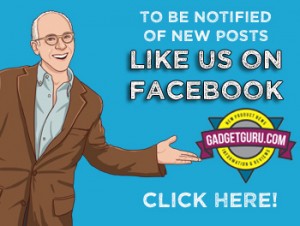Want To Know What Apple Is Up To Next? Just Follow The Money
Now that the dust has settled over Apple’s courageous decision to eliminate the headphone jack from its iPhone 7 lineup, the big question is: How will this omission affect future Apple products? I’ll get to that in a moment, but first I’ll provide my opinion regarding Apple’s new direction and how less has become quite a bit more…more crap to pack, carry and break.
From my point of view, Apple’s “Special Event” hit a new low point in terms of excitement. Let’s face it, Apple has a reputation for creating an enviable buzz when unveiling new products and typically delivers a sense of urgency for consumers to press the buy button the moment a new product becomes available. Nobody does it better.
In the past, many customers (myself included) would stay up util the wee hours until Apple opened the online ordering floodgates to be the first to purchase online. Some opt to stand in line for hours, or even days, to be the first to buy a new product at the local Apple Store.
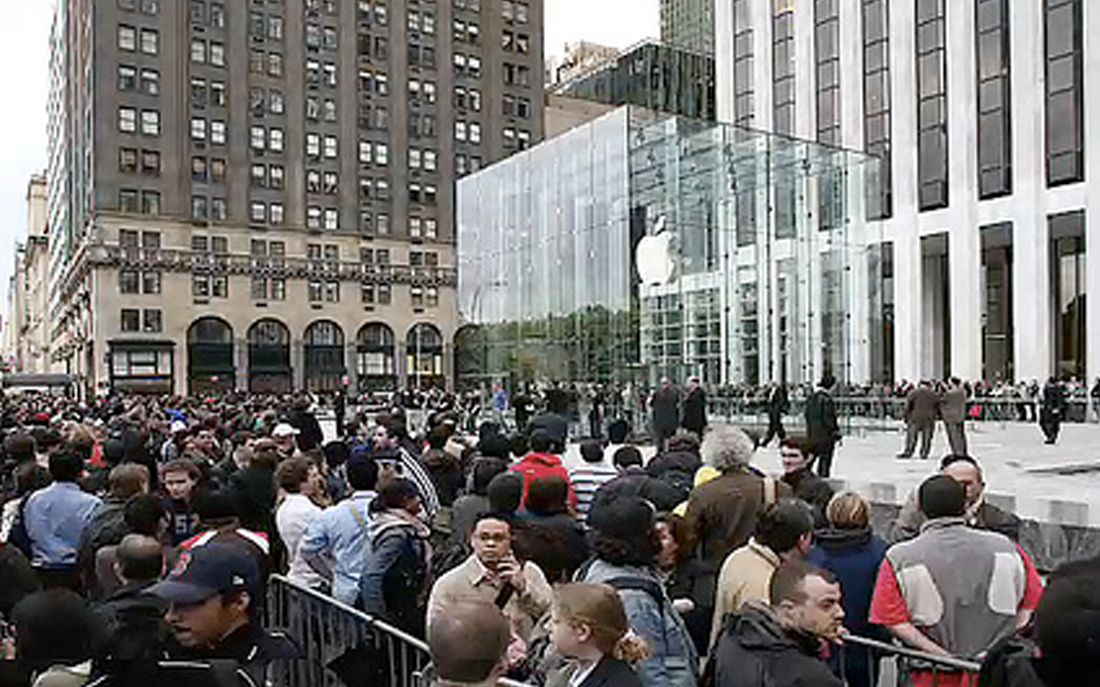 Apple’s product launch events typically generate an unheralded amount of free media coverage and it’s not uncommon to see local and national news outlets and countless online blogs highlighting, or drooling over the products announced. Public Relations professionals dream of creating such excitement.
Apple’s product launch events typically generate an unheralded amount of free media coverage and it’s not uncommon to see local and national news outlets and countless online blogs highlighting, or drooling over the products announced. Public Relations professionals dream of creating such excitement.
In the past the coverage extended past the announcement and followed up a few weeks later with reports of excited customers exiting an Apple store with the designation of being the first on the block with a specific new product.
 For the first time since I started watching Apple’s live stream events, there’s not a single product that I am considering purchasing. Yes, I was disappointed the long overdue Mac Book Pro refresh was not included. But looking at the bigger picture, for some reason the various presentations that were anchored by Apple CEO Tim Cook seems to have lost the remnants of the Steve Jobs mojo. It’s my opinion that presentations should lead with strength, and in this situation Super Mario Run and Pokemon wasn’t a good way to start. This is not a good thing for Apple.
For the first time since I started watching Apple’s live stream events, there’s not a single product that I am considering purchasing. Yes, I was disappointed the long overdue Mac Book Pro refresh was not included. But looking at the bigger picture, for some reason the various presentations that were anchored by Apple CEO Tim Cook seems to have lost the remnants of the Steve Jobs mojo. It’s my opinion that presentations should lead with strength, and in this situation Super Mario Run and Pokemon wasn’t a good way to start. This is not a good thing for Apple.
When all was said and done and the curtain dropped, it seems the buzz that caught the headlines was more about questions than answers. Unless Apple management fell asleep at the wheel, someone inside this company had to know there would be fallout surrounding its decision to remove the headphone jack from it’s iPhone 7 models as this ommission complicates the once simple task of utilizing both the power and headphone ports simultaneously. So, it’s time to ask the the big question:
Why is Apple doing this?
The answer seems simple…
Money.
Apple, like just every other corporation on the planet is in business to make money and there’s absolutely nothing wrong with that. For the past decade Apple’s been a Wall Street darling and while they are sitting on an unprecedented amount of cash, I’m wondering if the honeymoon is over.
In the past has delivered innovative quality products that do what’s promised in the ad slogans that touted, “it just works,” and did so in an uncomplicated sleek and ergonomic form factor. Apple has even raised the bar on the methods it packages its product as even the boxes are works of art. Prices on products that are competitive to Apple’s offerings are typically lower, but the higher price is offset by an enhanced level of customer service that can be found via a quickly answered phone call or a visit to one of the many Apple company stores.
While it was rumored well in advance, the realization that Apple has started the process of removing the headphone port seems a bit too much to swallow once reality kicked in. I say, “stared the process” as I think the elimination of this port on an iPhone speaks volumes on the shape of things to come.
Apple’s Phil Schiller made this announcement and stated, “Now, we know there are people in the world who do have some analog, old connected devices out there. So we’ve also made this. It’s an adapter, lighting to mini-phono audio adapter. And we’re going to include that in the box with every iPhone 7 and 7+ as well.”
Applause
 Schiller added, “Now some people have asked, why we would remove the analog headphone jack from the iPhone? I mean it’s been with us a really long time. I’m sure you know that the source of this mini phono jack is over 100 years old, used to help quickly exchange at switchboards.”
Schiller added, “Now some people have asked, why we would remove the analog headphone jack from the iPhone? I mean it’s been with us a really long time. I’m sure you know that the source of this mini phono jack is over 100 years old, used to help quickly exchange at switchboards.”
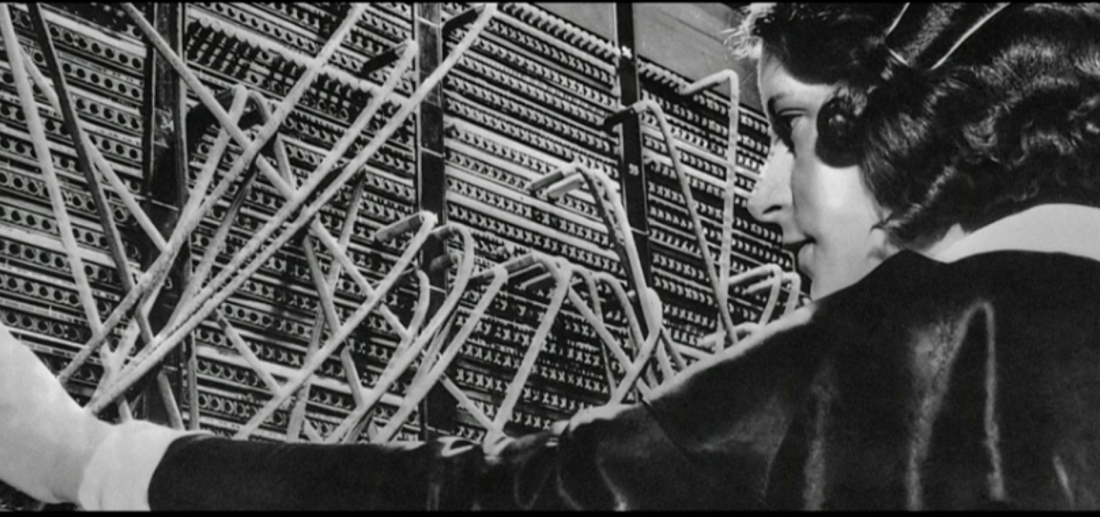 While Apple displayed an image of a vintage telephone operator’s switchboard to give us a visual about the age of the headphone jack, it’s my opinion that was not a valid comparison. With all due respect Phil, you’re incorrect. Those telephone switchboard did not use headphone-sized mini plugs, they used ones that were sized similar to one you would plug into a musical instrument. How do I know? My first job was at a motel and one of my duties was to operate the switchboard and learned how to quickly patch rooms to outside lines or to other rooms within the motel. They were not sized even close to what we associate with today’s headphones. In fact, a quick Wikipedia check confirms this by stating…
While Apple displayed an image of a vintage telephone operator’s switchboard to give us a visual about the age of the headphone jack, it’s my opinion that was not a valid comparison. With all due respect Phil, you’re incorrect. Those telephone switchboard did not use headphone-sized mini plugs, they used ones that were sized similar to one you would plug into a musical instrument. How do I know? My first job was at a motel and one of my duties was to operate the switchboard and learned how to quickly patch rooms to outside lines or to other rooms within the motel. They were not sized even close to what we associate with today’s headphones. In fact, a quick Wikipedia check confirms this by stating…
“The 3.5 mm connector, which is the most commonly used in portable application today, has been around at least since the Sony EFM-117J radio which was released in 1964. It became very popular with its application on the Walkman in 1979.”
Maybe Schiller simply didn’t want to acknowledge Sony’s participation in pioneering this design that has lasted for more than 50 years. Why did it last 50 years? To use an Apple quote, “It just works.”
Risky would have been a more accurate choice of words.
Then Schiller went further to say that this move was one of courage for Apple to take such a bold move. I’m sorry, but in this day and age the words courage and headphone jacks should not be associated. Possibly you should have said it took guts to make such a bold move, but using the word “courage” was simply wrong. Risky would have been a more accurate choice of words.
In reality, with modern products, things to evolve and while Schiller did state the internal headphone port required too much space that could make room for other innovations, it seems that Apple has forgotten what it’s like to be a consumer. Really, couldn’t your designers have figured out a way to add a tiny headphone port? Really?
It seems there could have been a better, less intrusive method to migrate its dedicated users to going from wired to wireless. Possibly if Apple would have followed the steps of other phone makers and incorporated induction charging and using that innovation as the reason to rid the phone of the headphone jack, possibly the introduction would have gone much smoother.
But they didn’t.
When floppy disk drives started disappearing from computers, the replacement was the desirable upgrade to a CD drive that provided much larger storage capabilities and added new features as well. CD’s were already in use at that time as a replacement for the LP record and due to its larger capacity along with growing hard drives, this transition made sense. As CD drives exited Apple’s notebook sized computers, it was replaced with the App Store as the place to purchase programs that enhanced computer usage. These transitions were fairly painless as those who stuck with the previous format could still access the data stored with the connection of an auxiliary drive. It also began the process of users getting involved with the Apple ecosystem. I say this as when a program (or App) was purchased through Apple’s App Store and when it was time to get a new computer, the user could simply download the program to the new computer. It was much easier than hunting through desk drawers searching for old CD programs.
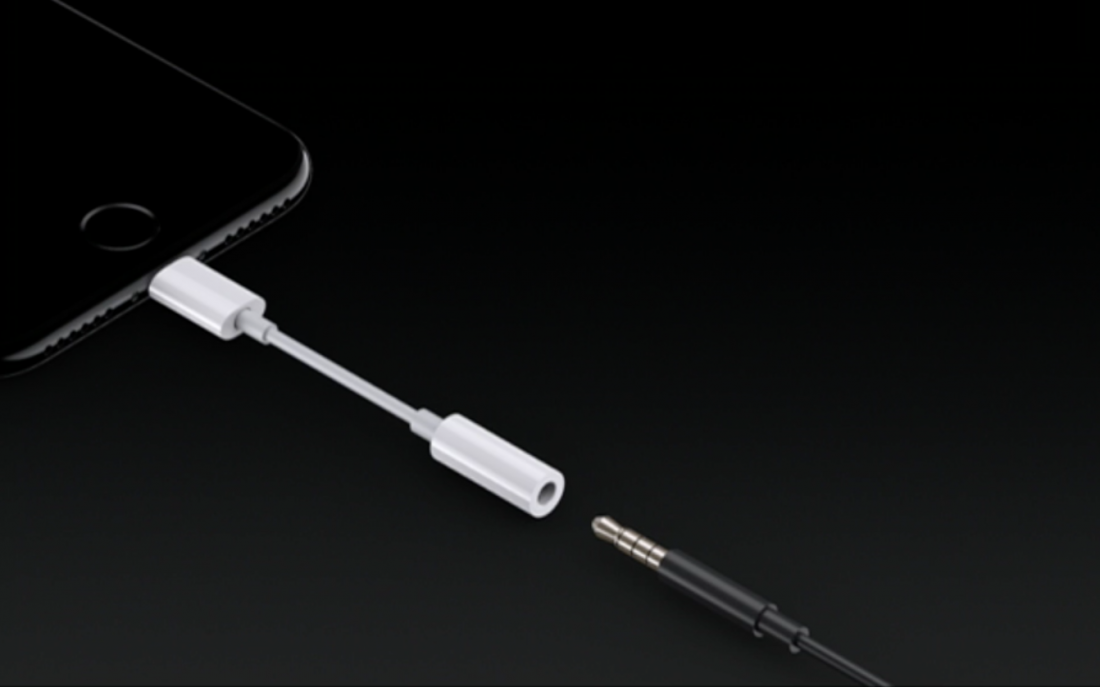 Apple’s solution to migrating users to the new world of a missing headphone jack is to include a dongle that will allow our existing headphones to connect via the phone’s Lightning adapter. Shouldn’t that inclusion ease the transiton?
Apple’s solution to migrating users to the new world of a missing headphone jack is to include a dongle that will allow our existing headphones to connect via the phone’s Lightning adapter. Shouldn’t that inclusion ease the transiton?
Well, yes and no. Here’s the problem…
It seems the issue that adopters of Apple’s iPhone 7 lineup will face is the inability to charge the phone while using headphones. Yes, while it wasn’t shown on screen at the Apple event, nor is it being manufactured by Apple, there’s a dongle that allows for both charging and headphones. Belkin’s Lighting Audio + Charge will sell for $40 when it begins shipping next month.
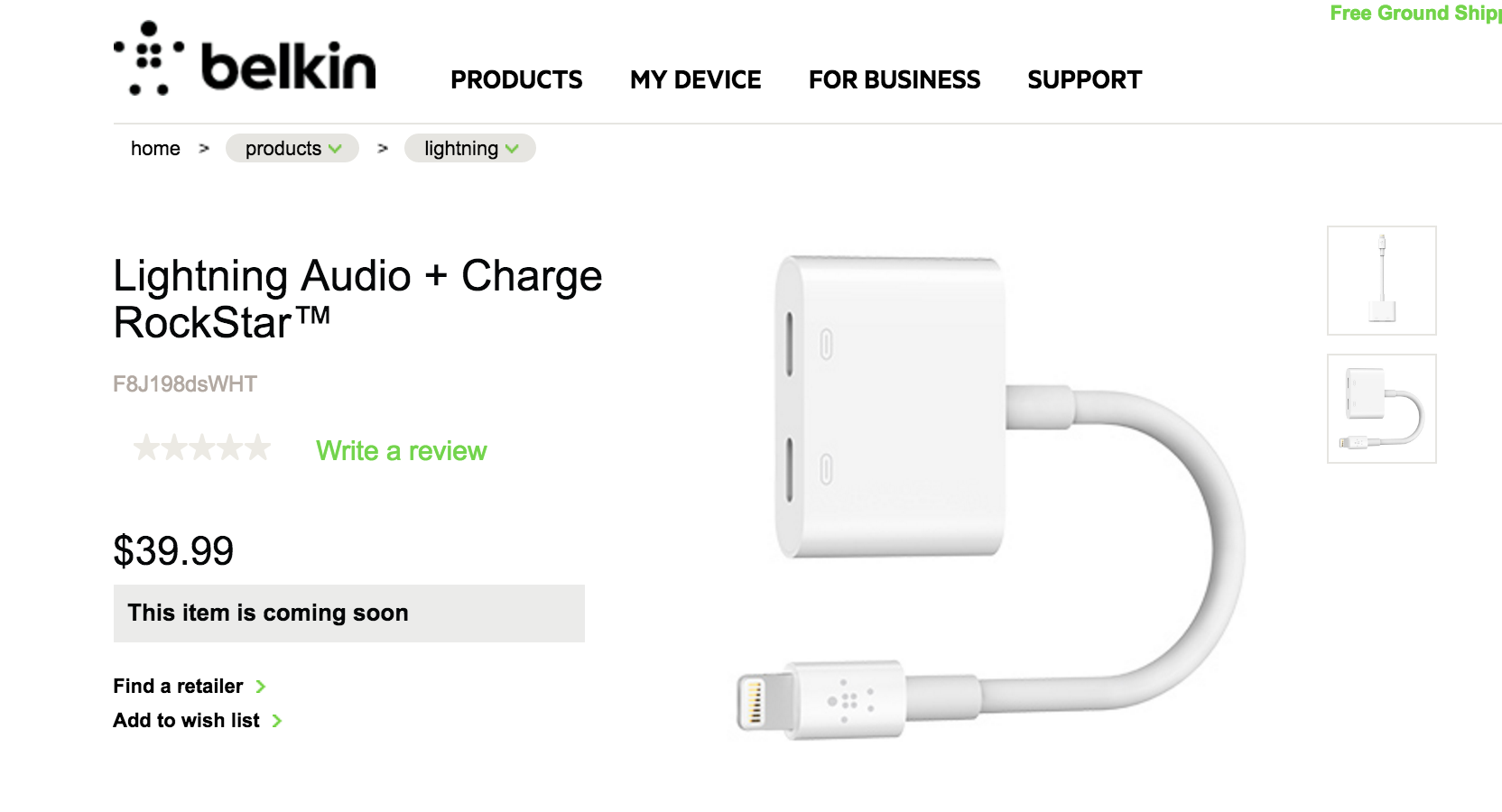 So, let me set the stage. To charge and use standard headphones simultaneously, you’ll need the Belkin adapter (shown above), Apple’s included Lightning to headphone adapter, a Lightning to USB cable and possibly a plug to insert into a wall socket.
So, let me set the stage. To charge and use standard headphones simultaneously, you’ll need the Belkin adapter (shown above), Apple’s included Lightning to headphone adapter, a Lightning to USB cable and possibly a plug to insert into a wall socket.
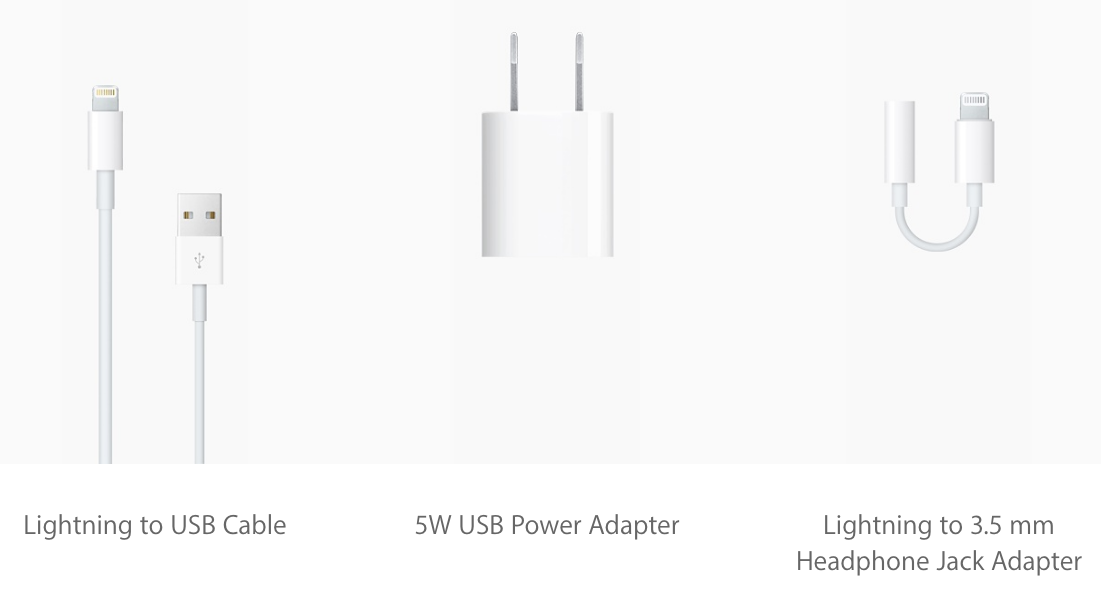 And, if you’re like me, you’ll need a pair of these:
And, if you’re like me, you’ll need a pair of these:
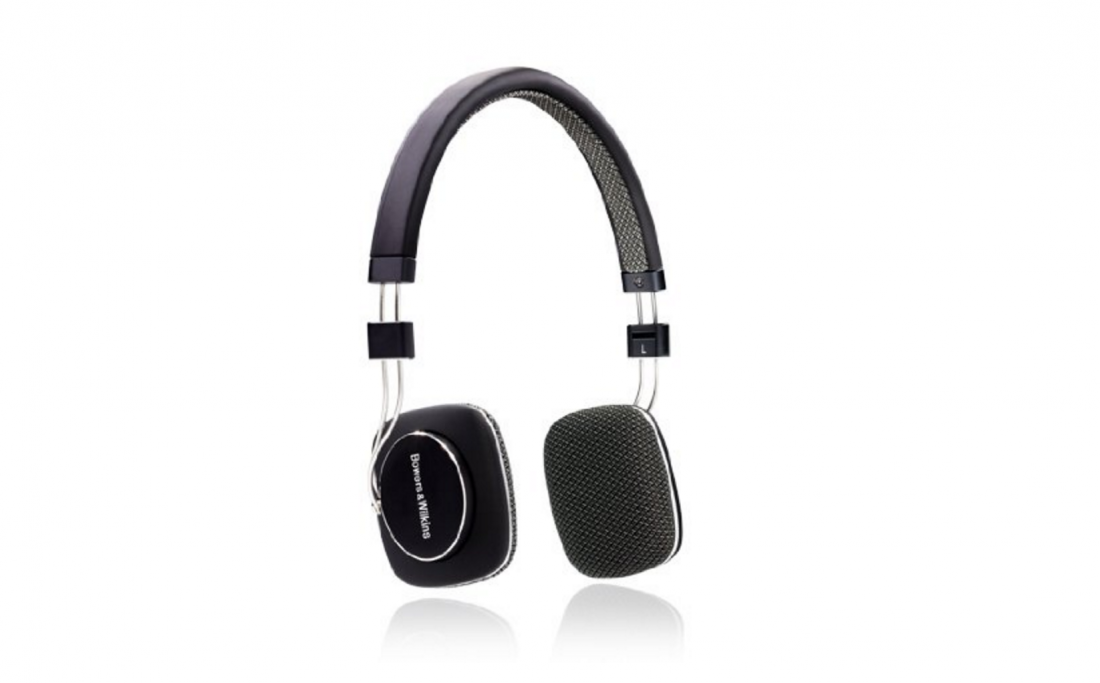 That connect the headphones to the iPhone with this:
That connect the headphones to the iPhone with this:
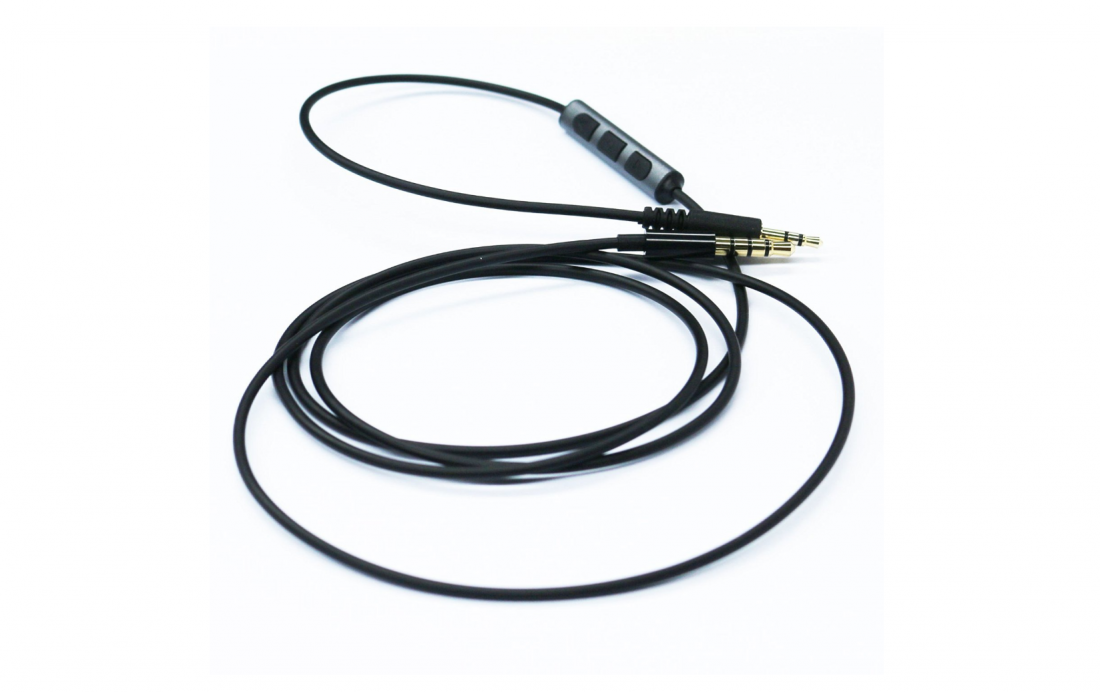 By the time you’re finished connecting all of the wires, it could look something like this:
By the time you’re finished connecting all of the wires, it could look something like this:

Cables, cables and more cables.
Cables that we will either misplace or ones that will break. I wonder if Apple’s honcho of design Jonathon Ive, thought of how people would actually use the new iPhone 7 in real world situations or if he was more focused on creating smooth surfaces that merge together to form an exercise in fluidity and packaged in a very cool box?
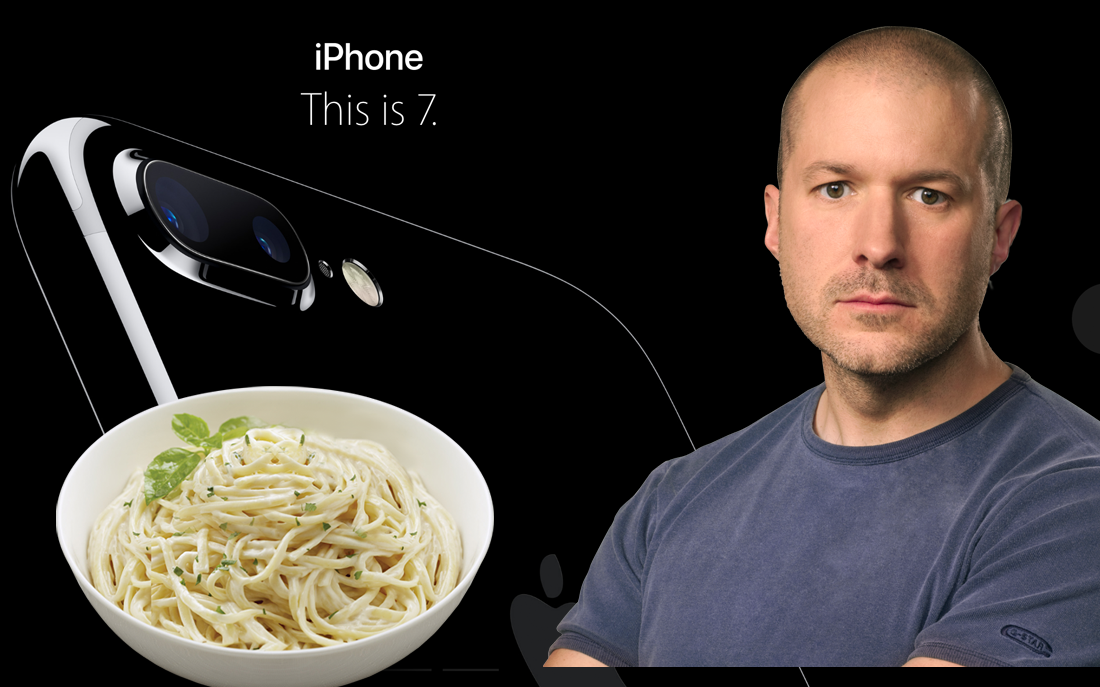 Or maybe, he just likes spaghetti.
Or maybe, he just likes spaghetti.
While I can’t speak for others, in a previous post I stated that I like to use headphones when making cellphone calls and that when traveling, I sometimes need to have the phone connected to the power adapter in order to keep the battery from depleting in the middle of a call. What I neglected to mention is my curiosity on how this will work on a long flight? How am I going to use the included headphone-to-Lighting converter dongle while plugging my phone in to keep it powered?
I’ll need to buy another dongle and carry a bunch of cables.
Or, I’ll need to purchase a wireless headphone or ear buds such as Apple’s new AirBuds. And those will need to be kept charged as well. I’m sure I’ll need to carry a new power strip to charge all these devices too.
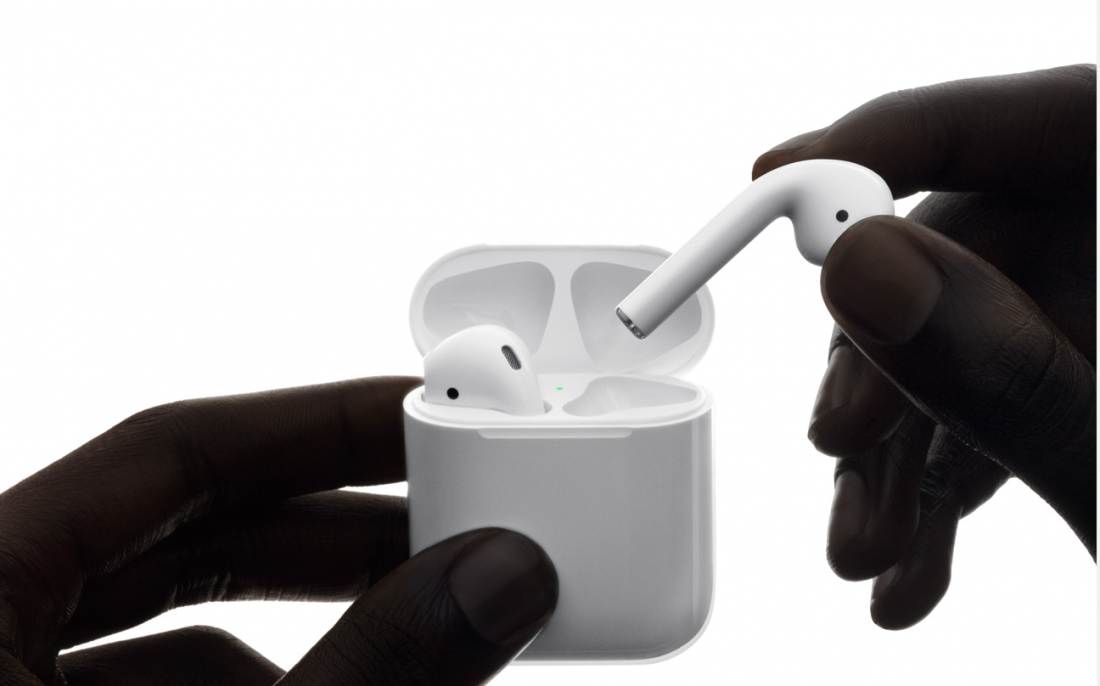
Didn’t Apple try this before? When the iPhone was first introduced they offered a tiny Bluetooth headphone that easily paired to the device. But guess what, it soon disappeared. I can only guess that people became tired of losing them.
 But now you can start to see where this becomes about the money. It’s proprietary connections.
But now you can start to see where this becomes about the money. It’s proprietary connections.
It’s my understanding that Apple’s Lighting port is one that’s considered to be proprietary. This means, Apple owns it. It also means that other manufacturers that want to create dongles for Apple need to pay some sort of royalty or usage fee. Unless someone from Apple tells me otherwise, I’ll assume that Belkin, like many other companies are paying for the right to sell products that utilize Apple’s Lightning adapter.
Now, let’s add to the equation that just two years ago Apple paid $3B for Beats, a company best known for oversized headphones, Apple just got a leg up on its competition by adding to its own ecosystem and has the inside track on beating (pun intended) others to this game. Surely there will be a full lineup of Beats headphones that utilize Apple’s Lightning port. Beats also has the advantage over other third party headphone manufacturers as Beats headphones are sold alongside other Apple products inside the Apple Store.
Convenient, huh?
While the Lightning adapter came to us as a replacement for Apple’s standard connector, did I mention that I seem to have to order a lot of these Lighting connectors? When they were first launched, they were touted as they could be inserted right side up or upside down. But, it’s my experience they are fairly fragile and the internal connections seem to break quite often. Yes, I have to carry an extra Lighting cable or two so that I’m not left stranded without a working cable.
For a company that seems to want to encourage innovation, it seems Apple may need to go back to the drawing board.
So what’s next for Apple?
I sure hope they don’t take the same path of eliminating the headphone port when its time to upgrade its iPad lineup. I say this as one of the main reasons Apple provided for its justification for eliminating this tried and tested port was that it took up too much space inside an iPhone. I can only guess they needed that space for its new haptic feedback button and they needed this new button technology in order to make the phone somewhat waterproof. So, that’s a good thing.
As stated, I travel frequently and for many decades have logged a few million air miles. I remember when portable cassette players such as the Walkman first serviced, when boarding, it was wise to obtain the pilot’s approval for usage during flight. If not, the passenger would run the risk of having the Flight Attendant tell you that it couldn’t be used on the flight. On the occasion this would happen to me and it was nice to be able to say, “The pilot said it was okay!”
One of the best decisions I’ve seen come out of the FAA recently was the approval of the use of tablets and iPads during the entire flight. If you look back just a bit ago, passengers would have to wait until the plane reached 10,000 feet before we could use our electronic devices. Since this decision was made, passengers can entertain themselves with an iPad to watch a movie or play a game or whatever, immediately upon taking the seat. The end result, at least for me, was that flying became a bit more pleasurable.
On coast-to-coast or International flights, it was not uncommon for me to plug the iPad into the airlines charging port while using it with my comfortable wired headphones. Since I prefer not to purchase headphones that require disposable or rechargeable batteries, it was a fairly simple procedure.
Yes, if I choose to purchase and carry a dongle and an array of cables, I can have the same experience. But honestly, should I need to do this? Should I need to worry that one of the cables has suddenly decide not to keep a solid connection?
Ugh!
So please Apple, I’m begging you now, please do not remove the headphone port from future iPads. I’m asking nicely.
While I’m at it, the Mac Book Pro I’m using to type this post is getting long in the tooth. So, I’ll ask one more favor…
Please do not eliminate the SD card slot when and if you ever release an updated Mac Book Pro. Please understand that some of us use this specific model for video editing and it’s a wonderful thing to simply remove the SD card from our cameras and slip it into the Mac Book Pro and then use your Final Cut Pro X for editing. Please, don’t tell us that you needed the space and force us to carry another adapter. The rumor mill is telling us that you’re planning on taking away our Thunderbolt and trusty USB ports in lieu of a single USB-C port. And we know what that means…
More dongles.
I am not looking forward to the day when I need to tote a bundle of dongles to give the computer the same functionality that was once built into the design.
Sorry Apple, I expect more from you. I honestly thought that you could have come up with a better method to make the transition to a new product fun and exciting. Hey, you used to be able to do this, but now, it’s becoming difficult to support your ecosystem. We all know that you’re late to the induction charging game and that’s coming soon. Maybe that will solve some of the charging issues. Or maybe, it will give us yet another box and dongle to carry with us.
But it could be worse, I could be a new owner of a Samsung Note 7 and be standing in line begging for a replacement that promises not to ignite into a ball of flames.


